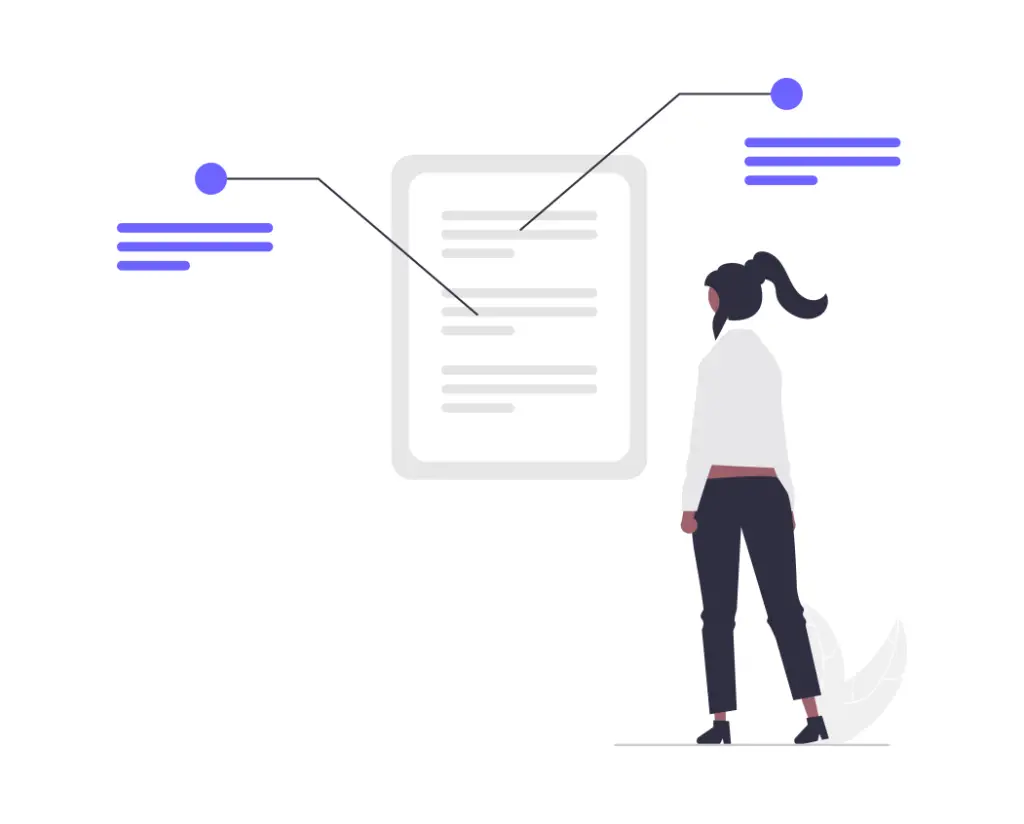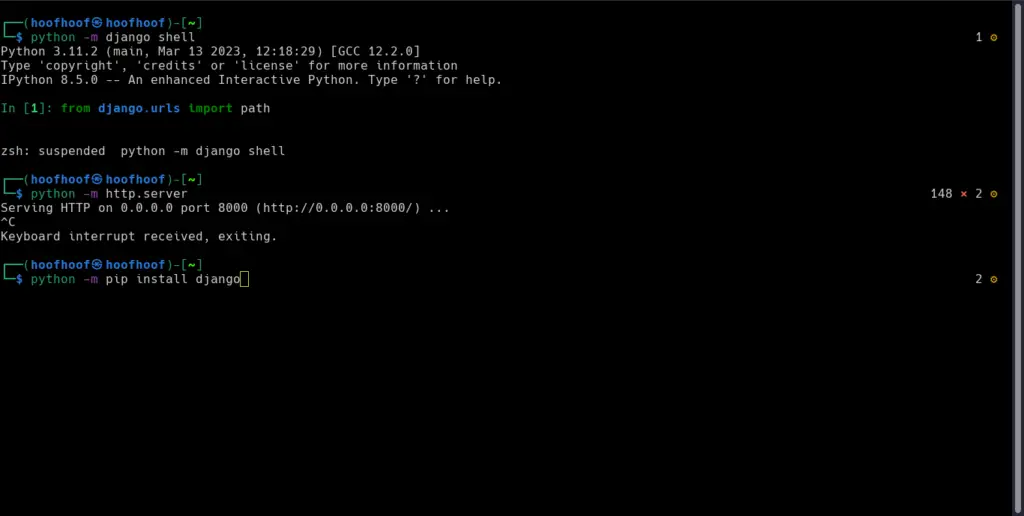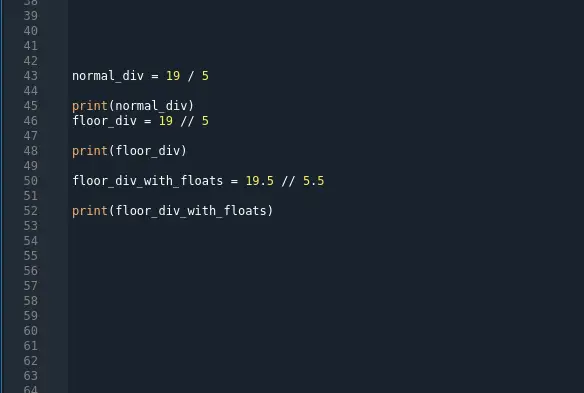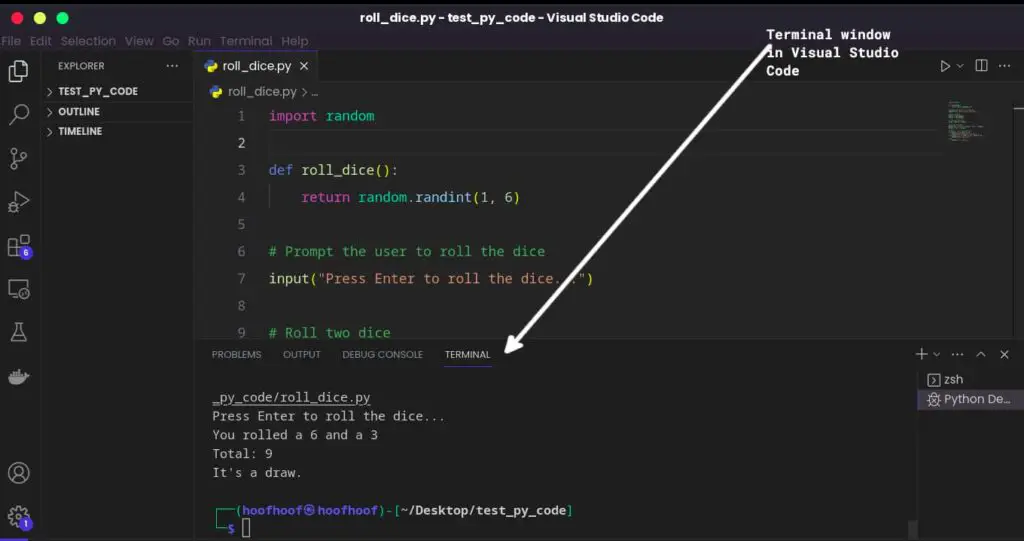Python, a popular programming language known for its simplicity and versatility, stands apart from many other languages due to its unique characteristic of not requiring explicit compilation.
Unlike traditional compiled languages such as C or C++, Python takes a different approach to code execution.
Python programs are written in human-readable form and are interpreted by the Python interpreter directly.
This means that Python code can be executed without the need for a separate compilation step. This design choice offers several benefits that make Python an efficient and beginner-friendly language.
How does Python compile?
Python’s compilation process differs from languages that require explicit compilation.
When a Python program is executed, it goes through a series of steps.
First, the Python interpreter parses the source code and generates an intermediate representation called bytecode.
Bytecode is a low-level representation of the code that can be executed by the interpreter.
During this parsing process, the interpreter also performs syntax and semantic checks, ensuring the code’s correctness before execution.
So,
Does Python have a compiler or interpreter?
Python does have a compiler, but it operates differently than the compilers of other languages. Instead of translating the entire source code into machine code, the Python compiler generates bytecode.
This bytecode is then executed by the interpreter.
The interpreter acts as an intermediary between the bytecode and the underlying hardware, ensuring platform independence and making Python highly portable.
Why doesn’t Python have to be compiled?
One of the primary reasons Python does not require explicit compilation is its dynamic nature.
Python is dynamically typed, which means that variable types are determined at runtime rather than compile-time.
This flexibility allows for rapid prototyping and a more iterative development process.
Additionally, Python’s interpreter provides powerful features such as introspection, reflection, and the ability to execute code interactively, which greatly aids in development and debugging.
These features are more accessible with an interpreter, as it allows developers to experiment and explore code in real-time.
Another reason why Python forgoes compilation is that it does not necessarily lead to significant performance improvements.
While compiled languages can offer better performance in certain scenarios, Python’s emphasis on developer productivity and ease of use has made it popular for a wide range of applications.
Python’s ability to seamlessly integrate with other languages and utilize external libraries also contributes to its effectiveness despite the lack of compilation.
Python chose an interpreter-based approach instead of compilation due to several reasons:
- Simplicity and Readability: Python places a strong emphasis on code readability and simplicity. By utilizing an interpreter, Python allows developers to write code in a more straightforward and human-readable manner. The absence of an explicit compilation step reduces the complexity and potential barriers for beginners, making Python an accessible language for learning and rapid prototyping.
- Rapid Development Cycles: The interpreter-based approach in Python facilitates faster development cycles. Developers can execute code directly without the need for a time-consuming compilation step. This allows for quick feedback and iterative development, enabling programmers to experiment, test, and refine their code more efficiently.
- Dynamic Nature: Python is a dynamically typed language, meaning variable types are determined at runtime rather than compile-time. The interpreter handles type checking and variable resolution dynamically, which provides flexibility and simplifies coding. This dynamic nature supports features like duck typing and runtime introspection, making Python well-suited for scripting and dynamically evolving projects.
- Interactive Shell: Python’s interpreter provides an interactive shell that enables developers to execute code snippets immediately and receive immediate results. This interactive mode fosters a more exploratory and interactive coding experience, promoting experimentation and rapid prototyping. It allows developers to interactively test and debug code, making Python a preferred choice for scripting and interactive development tasks.
- Platform Independence and Portability: Python’s interpreter abstracts the underlying hardware and operating system, ensuring platform independence. Developers can write Python code once and run it on various platforms without the need for recompilation. This portability enhances the language’s versatility and makes it easier to deploy Python applications across different environments.
Why use the interpreter instead of a compiler in Python?
The interpreter-based approach in Python offers advantages that align with its design philosophy.
By using an interpreter, Python achieves faster development cycles, encourages code readability, and allows for easier maintenance and debugging.
The interpreter’s dynamic nature enables rapid experimentation, making Python an ideal language for scripting, prototyping, and building robust applications.
But,
Can Python code be compiled?
Python code can indeed be compiled, although the compilation process differs from traditional compiled languages.
Unlike languages such as C or C++, Python code is not directly compiled into machine code.
However, Python’s compilation step transforms the code into an intermediate representation called bytecode, which is then executed by the Python interpreter. The bytecode file extension is .pyc
This compilation occurs automatically when the Python program is run or imported.
To illustrate this, consider the example of a Python script named “hello.py” containing the following code:
print("Hello, world!")
When this script is executed, the Python interpreter compiles the source code into bytecode behind the scenes and subsequently executes it, resulting in the expected output of “Hello, world!”.
The CPython implementation, which serves as the reference implementation of Python, performs the compilation of Python source code into bytecode.
This bytecode is visible in the form of
.pycfiles, which are generated to expedite subsequent runs of the program by avoiding recompilation of identical code.Python’s compilation step offers advantages such as faster startup times compared to languages that necessitate explicit compilation.
Moreover, the bytecode generated is platform-independent, enabling it to be executed on various operating systems without the need for recompilation.
It is important to note that Python’s compilation process occurs automatically, allowing developers to focus on writing and executing code without the need for an explicit compilation step commonly associated with other languages.
For reference, check out:
Python.org – “Python Glossary: Bytecode”: https://docs.python.org/3/glossary.html#term-bytecode
FAQs
Does Python’s lack of compilation affect its performance in large-scale applications?
Python’s lack of explicit compilation has a negligible impact on performance in large-scale applications. With optimization techniques, compiled libraries, and efficient algorithms, any potential performance difference becomes negligible and can be safely ignored.
What are the advantages of using an interpreter instead of a compiler in Python?
Using an interpreter in Python offers advantages: 1. Rapid development cycles with immediate feedback. 2. Simplified code readability. 3. Dynamic typing for flexibility. 4. Interactive shell for experimentation. 5. Platform independence. 6. Seamless integration with other languages.
Can Python’s interpreter be used for debugging and experimentation?
Python’s interpreter is invaluable for debugging and experimentation. Its interactive shell allows developers to execute code snippets in real-time, identify issues, and experiment with different approaches. Leveraging features like introspection and dynamic typing, Python’s interpreter facilitates efficient debugging and iterative development.
How does Python’s dynamic typing contribute to its lack of compilation?
Python’s dynamic typing, a key feature, contributes to its lack of compilation. Dynamic typing allows variables to be assigned values without explicit type declarations, enabling flexibility and ease of use. This dynamic nature necessitates runtime type checking, making a separate compilation step less practical for Python.
Conclusion
Python’s decision to adopt an interpreter-based execution model, as opposed to explicit compilation, brings numerous benefits to developers.
By bypassing the compilation step, Python prioritizes ease of use, flexibility, and rapid development cycles.
Understanding Python’s compilation process and its utilization of an interpreter provides valuable insights into the language’s inner workings.
Whether you are a beginner or an experienced programmer, Python’s choice of an interpreter showcases the language’s focus on empowering developers while maintaining its reputation as a powerful and versatile programming language.
Create, inspire, repeat!







